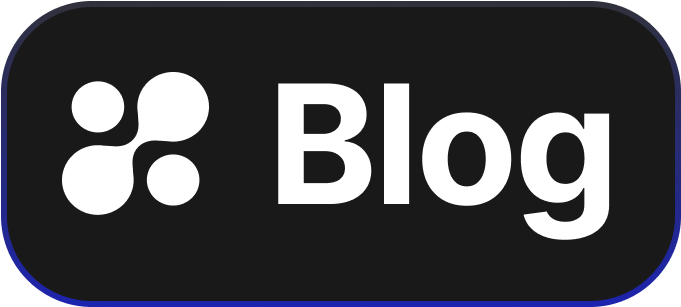Strengthening Security: A Guide to LDAP Multi-Factor Authentication
Technology managers often face the challenge of securing their systems while keeping things simple and efficient. One powerful tool to achieve this is LDAP Multi-Factor Authentication (MFA). This blog post will explore what LDAP MFA is, why it matters, and how it can be easily implemented.
Understanding LDAP Multi-Factor Authentication
LDAP stands for Lightweight Directory Access Protocol. It is a way for software applications to look up and verify user information stored in a directory, like a phone book for computer networks. Multi-Factor Authentication adds an extra safety layer by requiring users to prove their identity in more than one way. So, LDAP MFA means using LDAP to verify a user’s password and something else, like a fingerprint or a code sent to their phone.
Why LDAP Multi-Factor Authentication is Important
In today’s tech world, hackers are becoming more skilled. Passwords alone might not be enough to keep them out. By using LDAP MFA, you can greatly increase the security of your systems. With an extra step to verify users, it becomes much harder for unauthorized people to gain access.
Implementing LDAP Multi-Factor Authentication
Setting up LDAP MFA might sound complicated, but it’s easier than you might think. Start by choosing a tool that supports LDAP and MFA. Hoop.dev offers solutions that make setting up LDAP MFA simple and quick. Begin by integrating your existing LDAP directory with the hoop.dev platform, enabling the multi-factor authentication feature, and deciding what second factor (like an SMS code or phone app) you want to use.
LDAP MFA Benefits for Technology Managers
- Enhanced Security: By requiring two forms of ID verification, you significantly reduce the risk of unauthorized access.
- User-Friendly Experience: When executed well, LDAP MFA can provide a seamless login experience. This means users won’t get frustrated, and you maintain high security.
- Regulatory Compliance: Many industries need extra security measures to meet compliance standards. LDAP MFA helps meet these requirements effortlessly.
See It Live with Hoop.dev
Implement LDAP Multi-Factor Authentication and see the benefits first-hand with hoop.dev. In just a few minutes, you can have it up and running, providing robust security and ease of use. Visit hoop.dev today to see how we can support your security needs.
Conclusion
LDAP Multi-Factor Authentication is an effective and essential technology for safeguarding your business systems in today's ever-evolving cyber landscape. By implementing LDAP MFA with providers like hoop.dev, technology managers can enhance security while maintaining smooth operations. Take the next step towards better security and explore the solutions hoop.dev has to offer.
